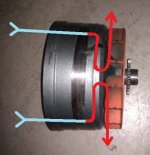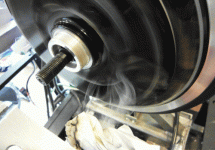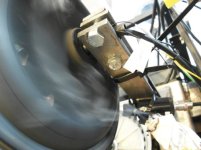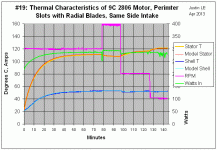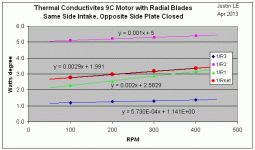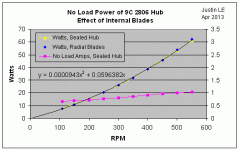hjns
100 kW
justin_le said:Well not just that, I've still just been collecting the basic benchmark data. The real fun with blades, fans, liquid heat transfer etc. is only just beginning!To me it's funny how people think it's time to conclude anything, because I think the stator is still too hot.
-Justin
Great work, Justin.
About early conclusions: this really shows how little is known even about baseline dynamics. In science, we are allowed to conclude anything that brings us further in a reasonable way. To me, this is the perfect science experiment, because the next actions are really based on the previous results, even though there is a clear overall method.
What I mean is that at this time, it would really be useless to do any experiments with blades but without holes. Even though we knew beforehand that it would be non-sensible to do so, the data shows it is actually unlikely to provide better cooling than using blades with vented covers. Therefore, the conclusion is not to continue with unvented covers, and that intake and outlet on opposite sides makes the most diference. And this is what we will build upon with the next experiments, blades, fans, liquid heat transfer, waterspray, whatever. What is wrong with making this conclusion?






